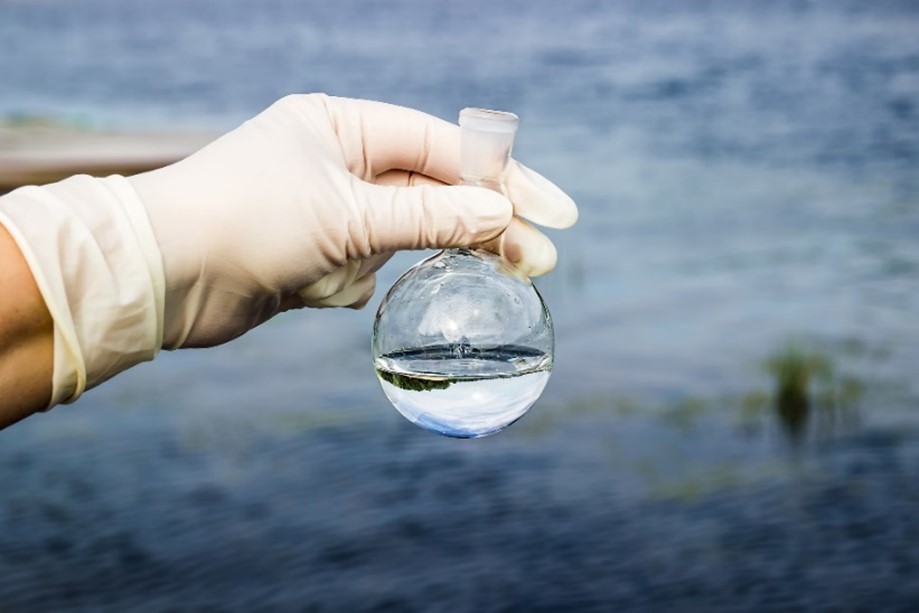Long Island Nitrogen Action Plan (LINAP)- Newsletter
The New York State Department of Environmental Conservation sent this bulletin on 04/10/2023 08:47 AM EDT |
| DEC Delivers - Information to keep you connected and informed from the NYS Department of Environmental Conservation |
| View in browser |
Long Island Nitrogen Action Plan (LINAP)-Newsletter
|
|
Long Island Garden Rewards Program The LIRPC, in partnership with the DEC and the New England Interstate Water Pollution Control Commission (NEIWPCC), is developing the Long Island Garden Rewards Program which will enable Long Island homeowners to be reimbursed for taking on small-scale water improvement projects on their properties. Categories for reimbursement include the installation of rain gardens, native plant plantings, and the purchase and use of rain barrels. All three options allow homeowners to upgrade their property, reduce fertilizer use, and decrease stormwater pollution from entering local waters. The program will be a great opportunity for homeowners to make a local impact on protecting Long Island’s waters. Each small step we take can lead to big changes in protecting Long Island’s water. The Long Island Garden Rewards Program is expected to launch later this month. Stay tuned for a special announcement!
Hempstead Bay Water Quality Monitoring Program The Hempstead Bay Water Quality Monitoring Program continues to provide a framework for monitoring, analysis, and reporting of water quality within the surface waters of Hempstead Bay and its major tributaries. This program utilizes water quality data derived from samples collected from multiple locations in Hempstead Bay to provide a baseline against which to evaluate changes to nutrient loading that are expected in the next decade as a result of large-scale upgrades in the region (e.g., coastal dune restoration, wastewater treatment plant improvements, etc.). The program also looks at atmospheric nitrogen deposition which is associated with emissions from fossil fuel-related energy production, fertilizer usage, and transportation emissions. Now in its fourth year, the scope of work includes additional monitoring sites than in previous years and all of the water quality data for Hempstead Bay from 1976 through today has been uploaded to the EPA WQX database. A report on the water quality trends in Hempstead Bay from 1968 – 2022 was recently published comparing past water quality data with new data collected under the Program from October 2019 to the present. The report demonstrates that nutrient and bacteria levels were very high during the early decades of monitoring, particularly before 1990, but sampling done from the 2000’s to the present indicates continued improvement. These changes represent important progress, though concentrations are still high relative to natural systems. There is a need to continue monitoring in Hempstead Bay. As inputs from wastewater treatment plants decline, other sources of nutrients will greatly increase in relative importance such atmospheric nitrogen deposition and fertilizer. In addition to the nutrient loading aspect of the project, the data collected over the long-term could be used to advance our understanding of the impacts of severe storms, residential and commercial development, and climate change on our water resources.
Photo Credit: LIRPC Grant Opportunities and Insights- Funding Opportunity The Long Island Sound Futures Funds RFP is now open! This year there is approximately $10 million dollars available to fund projects in the Long Island Sound watershed. Types of Funding:
Example project types in NY include:
Join us tomorrow April 11th, 2023, from 9:00am – 10:30am at Huntington Town Hall to talk about project ideas or receive feedback. Register Here! To sign up for our newsletter, visit our LINAP webpage or click here.
|


